We may be compensated if you purchase through links on our website. Our team is committed to delivering honest, objective, and independent reviews on home products and services.
Understanding the various components of a lawn mower is essential for proper maintenance and troubleshooting. This comprehensive guide will walk you through the key parts of a typical gas-powered walk-behind lawn mower, helping you diagnose and address common issues. By familiarizing yourself with your mower’s anatomy, you’ll be better equipped to keep your lawn looking pristine and your mower running smoothly.
Lawn Mower Lexicon

When your gas-powered cutter isn’t performing as expected, knowing the terminology and function of each part can make a significant difference. This knowledge allows you to accurately diagnose problems and communicate with mechanics if you need service. Let’s explore the various components that make up a lawn mower and their roles in keeping your grass neatly trimmed.
Starter Cord
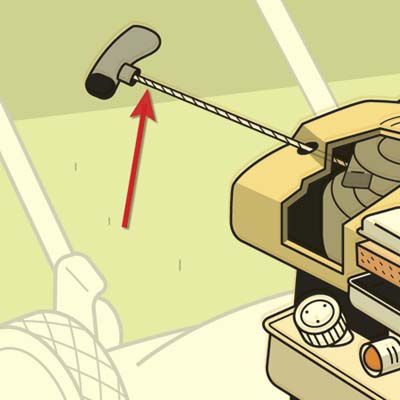
The starter cord is a cord that you pull to turn on the mower’s engine. If you find it difficult to pull when the handle is in the start-up position, it may mean that the engine or blade adapter requires servicing. Regular maintenance of the starter cord mechanism can prevent issues and provide smooth starts. Here are some tips for proper starter cord care:
- Keep the cord clean and free from debris
- Inspect for fraying or damage regularly
- Store the mower in a dry place to prevent cord deterioration
- Avoid yanking the cord forcefully, as this can cause premature wear
Air Filter and Choke
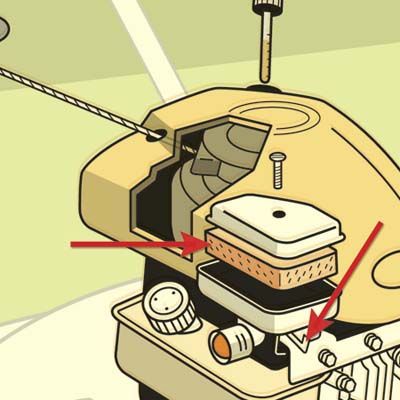
The air filter and choke control the air-fuel mixture in the carburetor. If the engine won’t start, try sliding the choke open. After the engine starts, close the choke to allow the engine to run smoothly. A clean air filter gives optimal performance. Consider these maintenance tips:
- Clean or replace the air filter regularly
- Adjust the choke as needed for different weather conditions
- Ensure the choke mechanism moves freely without sticking
Fuel Tank
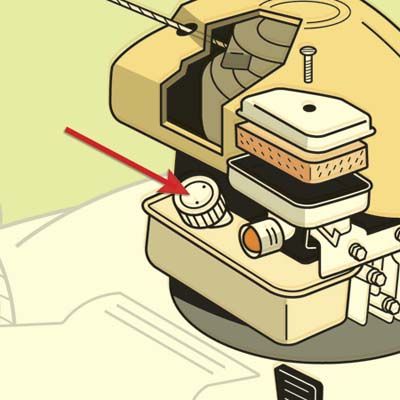
The fuel tank is where gasoline is stored to power your mower. If the mower doesn’t start or runs erratically, the fuel may be the culprit. To address this:
- Drain the existing fuel.
- Refill the tank with fresh gasoline.
- Add a fuel stabilizer to prevent fuel degradation.
- Clean out the gas cap vent to ensure proper airflow.
Primer Bulb
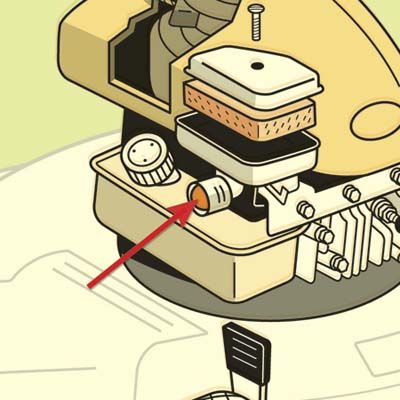
The primer bulb feeds fuel into the carburetor, aiding in cold starts. Push it before pulling the starter cord, but avoid over-priming. If the engine fails to start after priming, wait about five minutes before attempting to start again so you don’t flood the carburetor.
To avoid flooding, only press the bulb three to five times before starting a cold engine, and avoid pressing the bulb when the engine is warm. Replace the primer bulb if it becomes cracked or damaged. Then, clean the area around the bulb to prevent debris from entering the fuel system.
Oil Cap and Dipstick
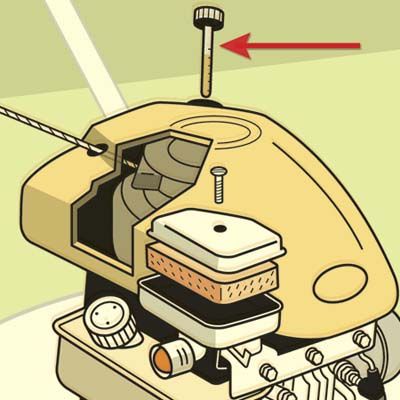
Proper oil maintenance is vital for your mower’s longevity. Check the oil level on a flat surface before each use and change the oil annually. Clean around the oil fill area before removing the cap and wipe the dipstick clean before you reinsert it to get an accurate reading. Add oil if necessary, but avoid overfilling.
Spark Plug and Wire
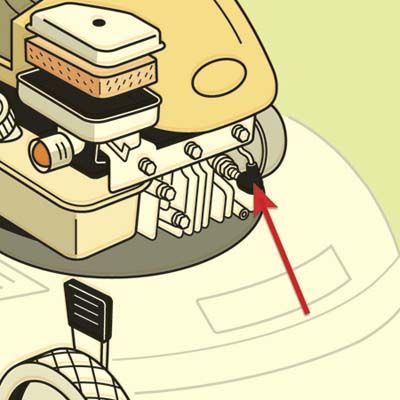
The spark plug and wire ignite the fuel-air mixture in the engine. Both need to be clean and properly connected for the engine to run. For safety, always disconnect the spark plug wire when servicing the mower.
To maintain your spark plug, clean or replace the spark plug annually and check for proper gaps according to the manufacturer’s specifications. Make sure the wire is securely attached to the spark plug and inspect the wire for any signs of wear or damage.
Cooling Fins and Wheel-Height Adjustment
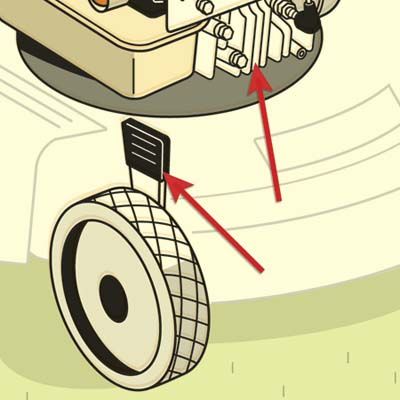
Cooling fins act as the engine’s radiator, dissipating heat to prevent overheating. If the engine is overheating and stalling, clean out debris from the cooling fins using compressed air or a brush. The wheel-height adjustment allows you to set the cutting height of your lawn. Proper adjustment ensures an even cut and healthy grass.
Clean cooling fins regularly, especially after mowing in dusty conditions and adjust wheel height based on grass type and desired lawn appearance. Make sure all wheels are set to the same height for an even cut. Also, lubricate wheel adjustment mechanisms to prevent rust and provide smooth operation.
Mower Deck
The mower deck houses the blade and is essential for achieving a clean cut. Two important components of the mower deck are the crankshaft and blade.
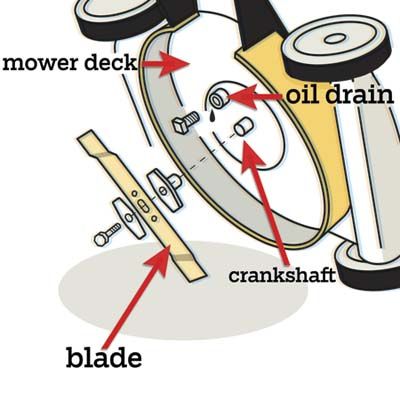
Crankshaft
If your mower is vibrating excessively, check the crankshaft and replace it if it’s bent. A damaged crankshaft can lead to uneven cutting and potential engine damage. Regular inspections can help you identify issues early.
Blade
The blade is responsible for cutting the grass. Resharpen it if it shreds grass tips or isn’t mulching effectively. If the mower vibrates excessively, tighten, balance, or replace the blade as needed. Regular blade maintenance ensures a clean cut and reduces strain on the engine.
Maintaining Your Lawn Mower
To keep your lawn mower in top condition, consider implementing these maintenance practices:
- Clean the underside of the mower deck after each use
- Sharpen or replace the blade at least once per season
- Change the oil and air filter according to the manufacturer’s recommendations
- Store the mower in a dry place when not in use
- Winterize the mower at the end of the season to prevent fuel system issues
- Regularly check and tighten all bolts and screws to prevent mechanical issues
Our Conclusion
Understanding the anatomy of your lawn mower helps you give it proper maintenance and assists with troubleshooting issues. By familiarizing yourself with key parts like the starter cord, air filter, fuel system, and cutting systems, you can keep your mower running smoothly and your lawn looking pristine. Regular maintenance and prompt attention to issues will extend the life of your mower and keep it ready to tackle your lawn care needs season after season.
